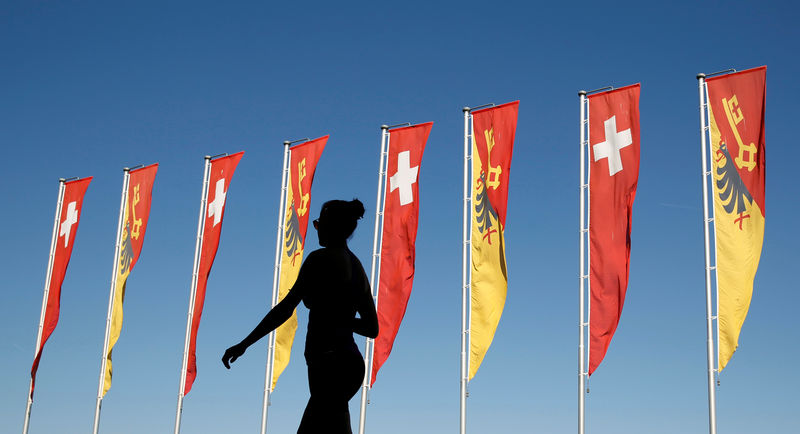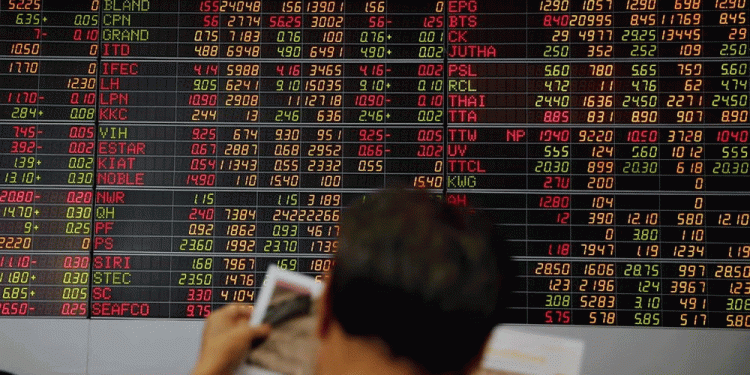 © Reuters. FILE PHOTO: A woman walks past flags along Lake Geneva in Switzerland
© Reuters. FILE PHOTO: A woman walks past flags along Lake Geneva in SwitzerlandBy Brenna Hughes Neghaiwi
ZURICH (Reuters) – The stubborn difference between what men and women earn in Switzerland is becoming harder than ever to explain since the turn of the millennium, the government found.
The study published by the Federal Statistics Office on Thursday found that women working in the private sector earned about a fifth less than their male counterparts in 2016 — and nearly half, or 657 Swiss francs ($662), of the monthly difference could not be justified by external factors.
While Switzerland has one of Europe’s highest proportions of women in the workforce, it trails global standards on gender diversity in boardrooms and in management positions.
The study, conducted every two years, is part of the government’s efforts to track workplace equality and highlight developments in pay gap. It does not make any recommendations.
At 42.9 percent, the proportion of the gap that could not be pinned down to considerations such as age or seniority in the survey had reached its highest since 2000.
Switzerland — a major financial hub that is also home to heavyweight multinationals including Nestle, Novartis and Roche — frequently sits atop quality of life surveys and is home to many high earners.
However, critics, such as from labor unions, say it has created conditions stymieing women from getting ahead.
“The wage divergences between women and men have become entrenched,” the SGB union federation said, adding it would participate in a women’s strike on June 14 for better wages and recognition of care work and against discrimination.
“It is scandalous that women, who have now surpassed men in education, still earn about a fifth less than men.”
Parliament has already introduced new requirements for firms with 100 or more employees to analyze the earnings of men and women and note gender divergences in their firms.
But it reduced some other commitments suggested by the Federal Office for Gender Equality, the statistics office and the Swiss cabinet. These would have recommended imposing such requirements on smaller firms with 50 employees.
The study released on Thursday showed unexplained pay gaps were largest in small firms, more than double the proportion for companies with under 20 employees as in companies with 1,000 workers.
For top managers, just over half the wage gap was inexplicable, higher than the proportion for middle managers but lower than the 60.4 percent for those without managerial roles.
As women’s participation in the workforce and politics stalls, an annual study by the World Economic Forum has found global progress on gender equality stagnating. Switzerland ranked 34th for economic participation and opportunity and 44th for wage equality in the 2018 study of 149 countries.
Fusion Media or anyone involved with Fusion Media will not accept any liability for loss or damage as a result of reliance on the information including data, quotes, charts and buy/sell signals contained within this website. Please be fully informed regarding the risks and costs associated with trading the financial markets, it is one of the riskiest investment forms possible.
Source: Investing.com




























